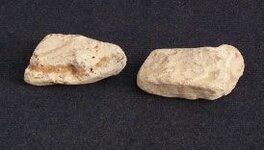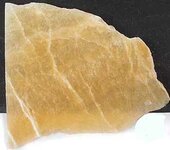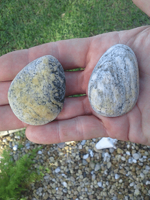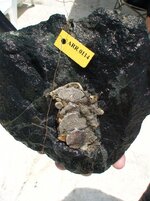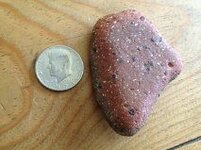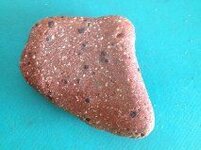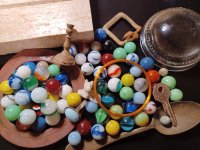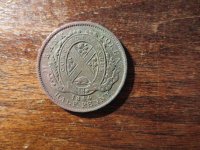tarpon192
Sr. Member
- Mar 18, 2009
- 366
- 62
- Detector(s) used
- Minelab
- Primary Interest:
- All Treasure Hunting
signumops said:A ballast beach in Saint Lucia...
That would light a fire under me if I saw that on a beach. Nothing is round and smooth on the ocean floor, yet alone on the beach. Those stones do not fit in where they were photographed.
Did you detect the area?
Are any of those stones "hot rocks"?
Looks like the ship would have been blown very close to the beach when all hope was lost. Most of the "GOOD STUFF" could hace been recovered, but you never know!
That is a great picture. 8)



